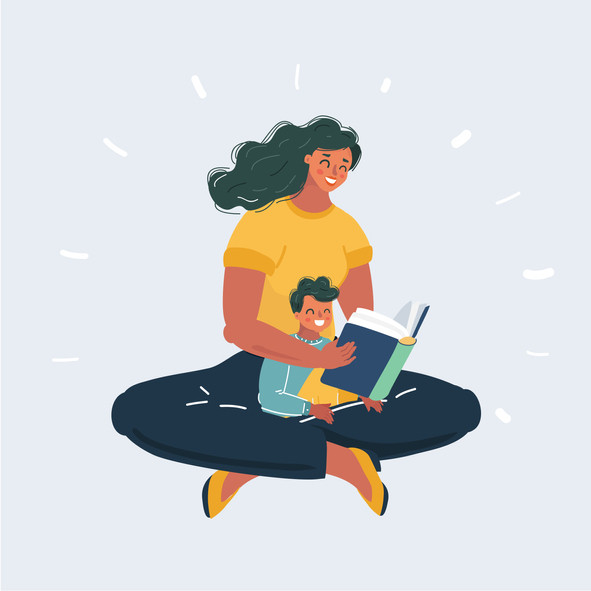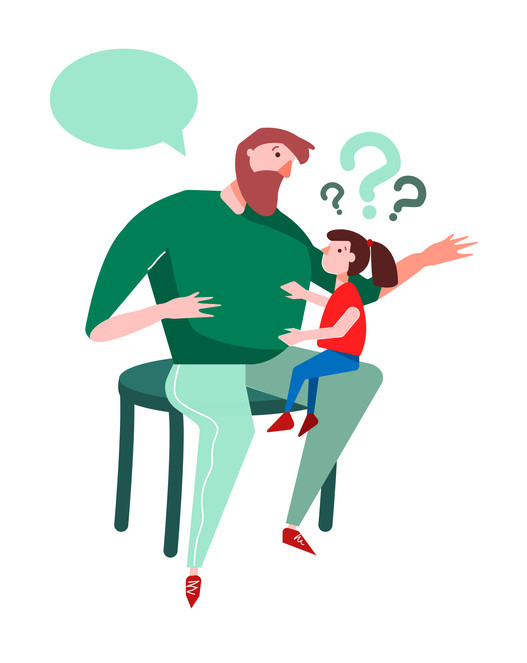

Last week one of my fellow teachers posted this question on FaceBook, “When did you have your first non-White teacher?” I thought back to my 18 years of education and realized that the only non-White educator I had for class was my French professor in college who was from Senegal. He and my basketball and track coaches were the only Black educators I ever had. And from the comments on her post, I was not alone in my experience. According to a study conducted by the US Department of Education in 2016, 82% of educators are White.
This raises the following question--where are children learning about race and diversity if they are not witnessing it at school? Are children learning about this at home? If children do not see diversity in their schools and don’t talk about it at home, they will not understand the beauty of a diverse society. They will grow up not knowing how to interact with others who are different from themselves.
This is why I have written today’s blog. Below, I have compiled a list of some resources for you to use with your children to open the door to talk about diversity and inclusion at home. The resources below are not only about diversity in race, but also include books and movies about differing abilities, genders, and nationalities.

A great way to introduce the subject of race and diversity is through reading. If you live in an area with a population that is homogeneous, your child may not know that there are people who aren’t the same as them. Reading books with characters who are different can help a child understand that not all people are the same, and that that’s not a bad thing, in fact, it’s a good thing!
Sit down with your child and read one of the following books together. Don’t hesitate to pause every couple of pages to ask your child furthering questions.
Another great way to introduce topics of race and diversity is with a family movie night. Here are some movies to watch with your children:
*TV series

The most important thing you can do as a parent to help your child learn about race and diversity is to have open conversations with them. It is imperative that your child talk in a safe space about difficult topics such as this. If your child does not feel they can talk to you about sensitive subjects in a safe space, they will feel uncomfortable ever talking about them.
Once you have read any of the books or watched the movies listed above, try talking to your child about different hypothetical scenarios. For example, if you read the book I’m New Here, with your child, ask them, “If a new student from a different country joined your class, what could you do to make them feel welcome?” Discuss ways that your child can be an ally to people who may not be the same race, religion, or nationality as themselves.
It may also be useful to ask your child if they have been in any situations like those in the books in real life. Here are some potential questions to pose to your child:
Don’t be afraid to ask your child questions like these.. By making your child aware of various situations, you are teaching them to think from someone else’s perspective. Then when they do encounter scenarios with diversity, they will be able to analyze the situation and respond appropriately. If we never have these tough conversations, we will never learn and grow.
I hope the resources given above were helpful. If you have questions about anything presented above, or you would like to suggest a topic for my next blog, feel free to email me at michaela@loonylearn.com.